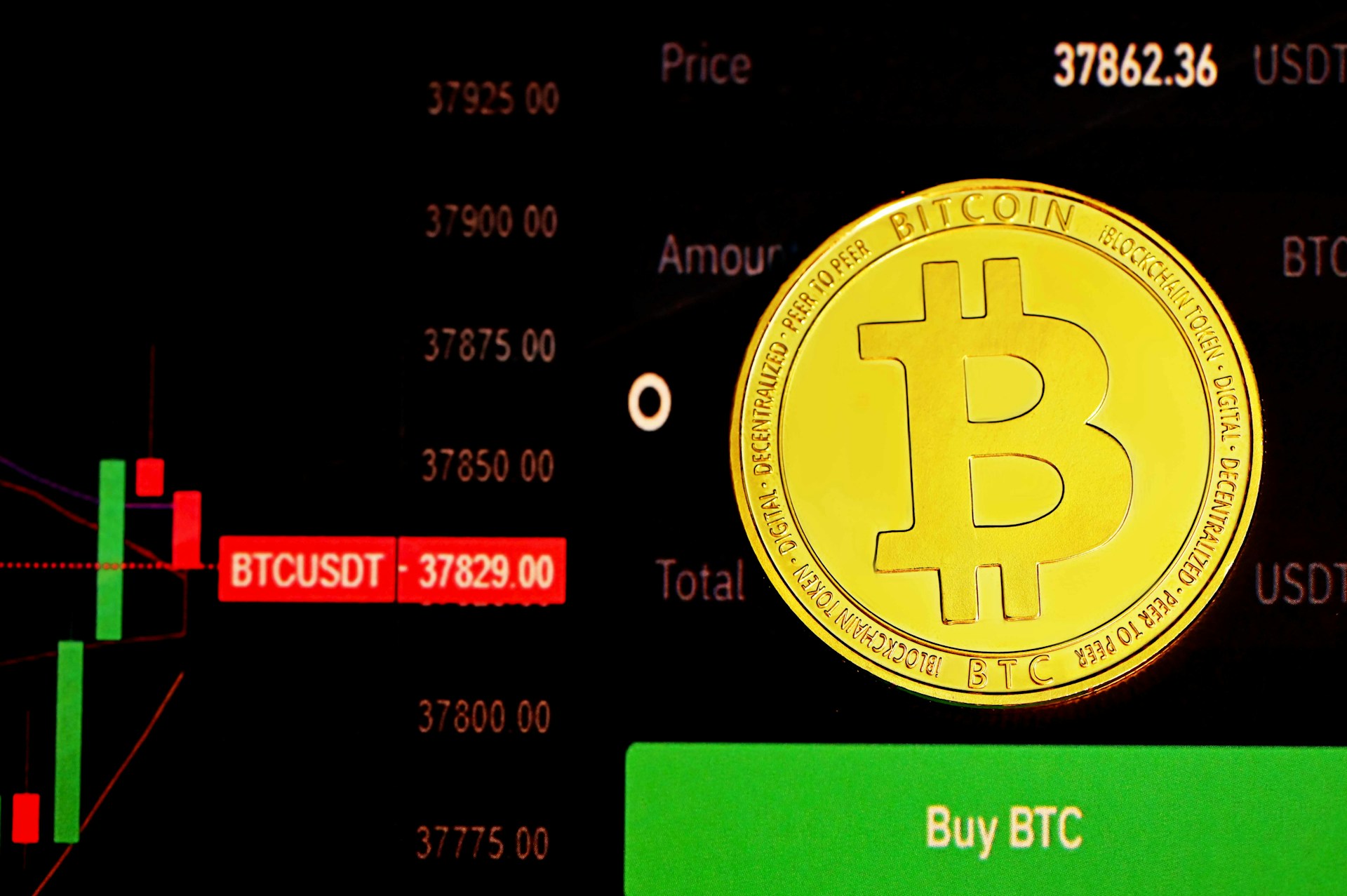 Bitcoin remains stuck in $100k-$110k band as retail and whales enter potential standoff Gino Matos · 31 mins ago · 2 min read
Bitcoin remains stuck in $100k-$110k band as retail and whales enter potential standoff Gino Matos · 31 mins ago · 2 min read
Wallets holding 1,000 BTC to 10,000 BTC shed roughly 14,000 BTC since June 30, while short-term holders added about 382,000 BTC in the same window.

Cover art/illustration via CryptoSlate. Image includes combined content which may include AI-generated content.
Bitcoin (BTC) continued to trade between $100,000 and $110,500 for a second consecutive week as smaller investors replaced whales on the buy side, Bitfinex Alpha reported on July 7.
The report noted that BTC spent most of July so far within a 10% channel, capped by the January high of $109,590 and floored near the Short-Term Holder Realized Price (STH-RP) of $99,474.
Despite a brief fall beneath the STH-RP last week to touch a low of $98,220, Bitcoin rebounded to the upper boundary after buyers stepped in near the six-figure mark.
The report characterized the zone as a near-term equilibrium, where unrealized profits remain large but below the levels that fueled heavier distribution in prior record attempts.
That mix of lighter profit-taking and muted breakout momentum indicates that the market is waiting for a catalyst to break out of the range.
STH-RP continues to drift higher as newer participants, including exchange-traded-fund allocators, add coins. The report compared the pattern with 2024 when exchange-traded funds (ETFs) inflows repeatedly defended STH-RP during the climb to earlier peaks.
The report stated that the metric’s overlap with current price lows reinforces it as the range’s structural floor. The price action above this level suggests an upward bias until macroeconomic data or shifts in liquidity break the deadlock.
Positioning shifts toward smaller holders
Derivatives traders show less conviction at the upper limit. The report flagged a $1.8 billion (5%) drop in aggregate open interest on July 4, erasing two days of gains and signaling that futures accounts closed longs rather than chase higher prints.
On-chain cohort data corroborate the distribution. Wallets holding 1,000 to 10,000 BTC shed roughly 14,000 BTC since June 30, while short-term holders added about 382,000 BTC in the same window.
The report noted that the supply transfer reflects mid-sized whales trimming exposure as retail and institutional newcomers step in around spot dips. It further stated that this is a replay of late-cycle handoffs seen in previous rallies.
Seasoned wallets reduce weight amid uncertainty, but steady inflows from ETFs, balance sheet allocations, and smaller buyers offset the outflow, keeping price compression orderly.
In this scenario, the report cautioned that reliance on fresh entrants amplifies sensitivity to any future volatility because these holders lack historical anchoring above $100,000.
The report also observed weakening short-term momentum after multiple failures to clear $110,500. Each rejection coincided with futures liquidation waves and a decline in open interest, indicating limited follow-through strength.
Even so, bulls retained structural control by defending STH-RP and preventing sustained closes below it. The report framed the standoff as a “balanced market,” with neither side possessing enough leverage to force a decisive break. A macro driver, such as changes in rate expectations, liquidity shifts, or an ETF flow spike, would likely dictate the direction when it arrives.


















![11 Best Crypto & Bitcoin Casinos in Australia [2025]](https://coincheckup.com/blog/wp-content/uploads/best-crypto-and-bitcoin-casinos-in-australia-coincheckup-1024x576.png)
 English (US) ·
English (US) ·